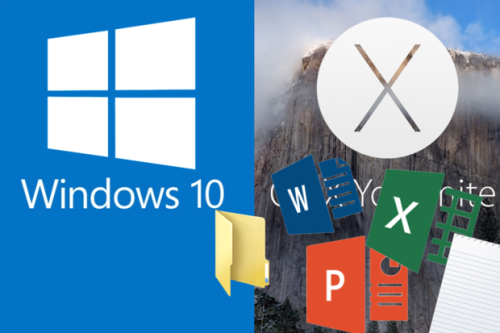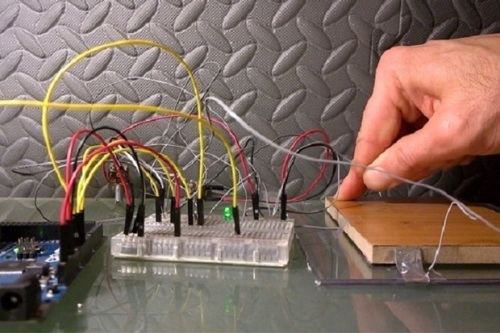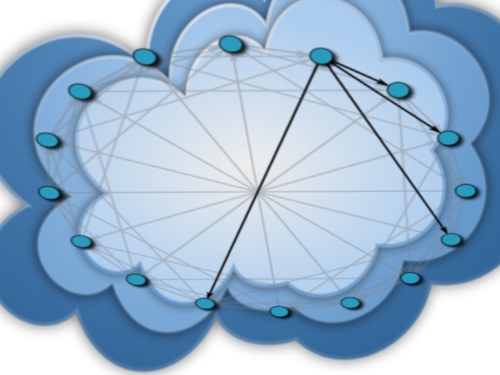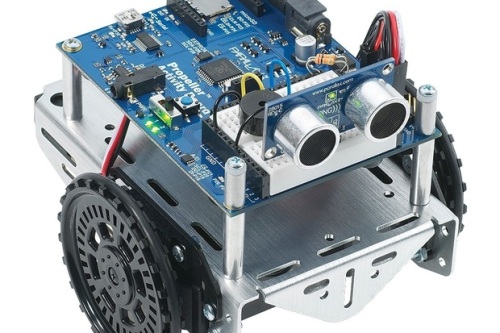Are you a Windows user that misses the old style start menu? If so, check out my ITworld piece how to bring back and configure the old start menu for Windows.
How to bring back the old Windows Start Menu
Share Windows 10 Preview files with Mac OS X
Posted in Misc
How to write code for QTC hardware devices.
How to turn a block of wood into a touch sensitive interface!
Read my newest piece on CITEworld and learn how to use an incredible material known as Quantum Tunneling Composite (QTC) to turn virtually any solid material into a touch sensitive interface!
Posted in Misc | Tags: arduino, hardware hacking, interface, QTC, Quantum Tunneling Composite, touchpad
Peer to peer web search, part 2: Faroo
If you can’t trust the NSA or mainstream search engines with your privacy, who can you trust? A peer-to-peer search engine, that’s who! In the last part of a series on peer-to-peer (P2P) search engines, I show how to install, configure, and use Faroo.
Read about it on CITEworld.
Posted in Misc | Tags: Faroo, P2P, peer-to-peer, search engines
Peer to peer web search, part 1: YaCy
If you can’t trust the NSA or mainstream search engines with your privacy, who can you trust? A peer-to-peer search engine, that’s who! In part one of a series on peer-to-peer (P2P) search engines, I show how to install, configure, and use YaCy.
Read about it on CITEworld.
Posted in Misc | Tags: P2P, peer-to-peer, Privacy, search engines
Embedded devices and microcontrollers.
Software Defined Radio on Android and Windows tablets — updated
I just finished posting the final part of my two part series about Software Defined Radio (SDR) on CITEworld. Part One discussed getting started with SDR on Android and Linux.
Part two in the series (published yesterday) shows how to use SDR hardware with Mac OS X and Windows 8.1 — including Surface Pro tablets.
UPDATE: CITEworld is now defunct, but I’ve updated the original Mac OS X content and it’s on ITworld, here.
How to build your own solar battery charger.
Once in awhile, I like to return to my "roots" and do a bit of old-fashioned hardware hacking. Digging through an old parts box, I noticed a couple of solar panels still in the packaging I hadn’t gotten around to doing anything with. So I decided to have some fun and try to build a solar-powered battery charger, and also do it in the most inexpensive way possible.
The following images show each step in the process required to build a fully functional solar battery charger. If you are uncomfortable with a soldering iron, power tools, or taking apart electronic devices then it is advisable to skip this "how-to" until you are ready. Please also remember to be safe when disassembling electronic devices. I am not responsible for any injuries you could potentially receive following these instructions!
First, I removed one of the panels from the packaging and measured the output voltage; it was slightly over 5 volts.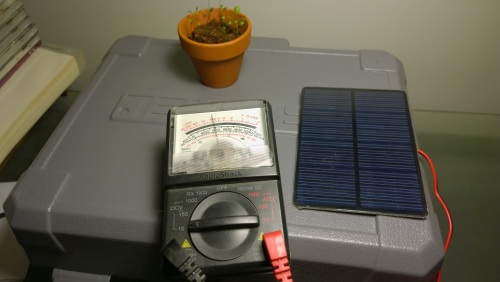
Posted in Misc | Tags: hardware hacking, solar battery charger
How to stop iPhoto’s facial recognition and remove facial databases.
In an age of Google email data mining, "phishing" scams, and sleazy social networks such as Facebook, one can never be too careful with personal data. And as Richard Snowden has proved to the world: just because you are paranoid, doesn’t mean the NSA aren’t after you.
This brings us to a topic of a similar nature involving a "feature" added to Apple’s Mavericks iPhoto application: automatic facial recognition. I discovered this "feature" after I recently upgraded to OS X Mavericks, and created a bootable install image. Exploring new features, I was delighted to find most of the applications and OS features had improved — that is until I ran across facial recognition in iPhoto.
Besides the utility of slowing iPhoto to a crawl, facial recognition didn’t really seem to be that useful of a feature anyway, so I resolved to stop the facial scanning and eliminate the face repository. If this "improvement" to iPhoto bothers you as much as it does me, use the following steps to kick iPhoto’s creepy Big Brother off of your Mac OS X system.
First, be sure to Quit iPhoto if it is running. This is critically important, because we will be doing things that iPhoto will not like if left open. This includes removing all databases with scanned face information. So if you wish to stop facial recognition, but keep the facial recognition database, run only the first and very last command in the listing below.
Next, open Finder. Select the Pictures folder, and control-click iPhoto Library. Select the Open With option and choose Terminal.app.
NOTE: If Terminal.app does not appear in this list, it can be found in the Applications/Utilities folder.
Here is a screenshot of my Finder window in action:

With the Terminal window open, type these commands at each $ prompt:
$ defaults write com.apple.iPhoto PKFaceDetectionEnabled 0
$ cd ./Database/Faces/Detected
$ ls
$ rm *.apdetected
$ cd ../../apdb
$ ls
$ rm Faces.db
$ rm BigBlobs.apdb
$ exit
(The ls commands show the contents of each directory, so you may omit those.)
You may now open iPhoto again — this time it will not scan your personal photos for faces to insert into a database. Enjoy!
Disclaimer: I am not associated or employed by any company producing software or hardware reviewed on this site.
Posted in iPad, iPad Tutorials, iPhone, iPhone Tutorials | Tags: facial recognition, iPad, iPad Tutorial, iPhone, iPhone Tutorial, iPhoto, Mavericks

